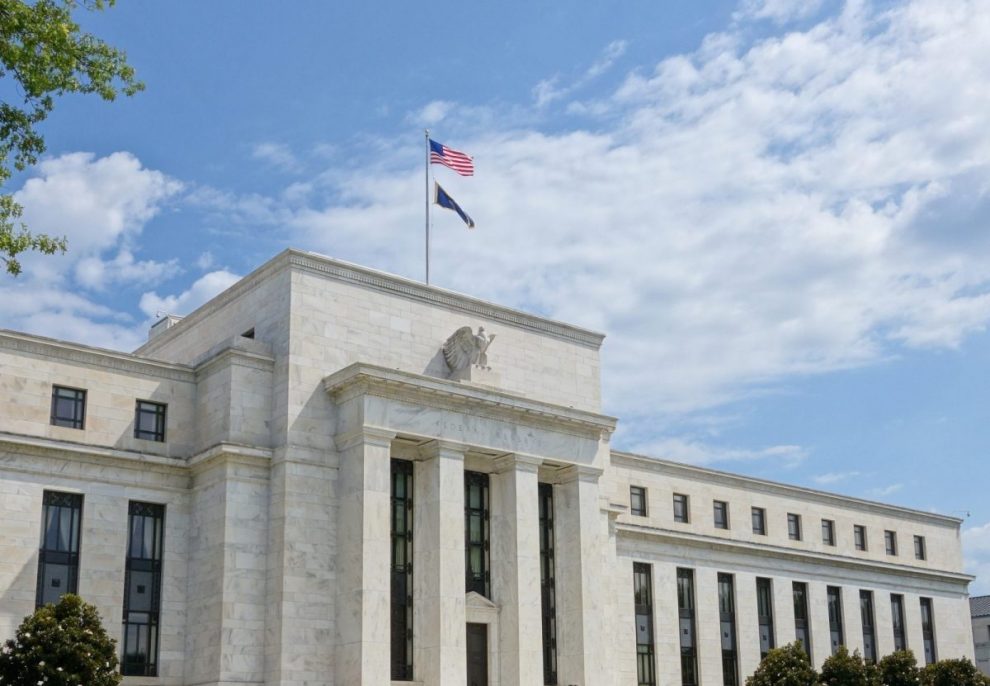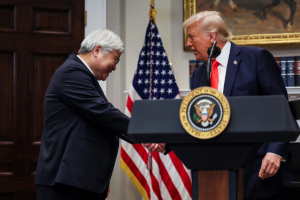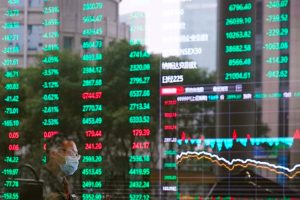(AF) An investor mindset of global deflation has never been so challenged. How many months will it take for the financial markets to realise that this spike in inflation is real?
It is always challenging for the markets to believe that things had materially changed when for years, it was better not to fight the trend. Two decades of falling inflation and then just over a decade of central banks fighting a threat of deflation are difficult to erase from investors mind.
However, we believe that there are factors building that show that inflation is not just at hand but that he could have far more longevity than the markets currently price.
The current economic data flow is showing that inflation is emphatically at hand.
The US consumer price inflation report for April was a blowout. A monthly increase of +0.8% month-on-month was miles ahead of a market consensus of +0.2%. The core prices index rose 0.8% on the month, the largest monthly increase since 1982.
US headline inflation now stands at 4.2%, whereas economists had expected it to peak at 3.5%.
It is worth noting that a surge in inflation occurred without a monthly rise in energy prices. Apparel prices rose for the first time in three months; notable was the 0.4% monthly increase in food prices. Increases in global agricultural products are starting to push grocery prices higher.
For inflation naysayers, the past lack of wage pressures has kept a cap on inflation. However, there are now signs of wage inflation.
While some economists were fretting over the lack of substantive jobs growth in the last US jobs report, it was the 0.7% month-on-month increase in average hourly earnings that, in our view, was more telling.
The higher-than-expected wage inflation corroborates other evidence that staff are demanding higher wages to return to work.
It is also worth reframing the ranges for wage inflation too often we can anchor on recent experience. But, for a moment, consider that US wage growth averaged 6.1 per cent from 1960 until 2021, reaching an all-time high of 13.8 per cent in January of 1979.
Anecdotal evidence reinforces the view that wage inflation could be more substantial than many people had bargained for.
Surveys show that there are genuine labour shortages in both the manufacturing and service sector. Those labour shortages are both due to the reluctance of people to return to work and severe skill shortages.
In a recent survey, 28% of small businesses said they were increasing salaries to attract staff. Broader surveys of wage inflation showed the most significant increases in wages since 2007.
Remember, this wage inflation is taking place with still very high levels of unemployment. It’s almost become a game of poker between employers and potential workers.
Workers are empowered by funding from the government to sit out the next six to nine months and wait for higher wages.
In our view, there is a confluence of structural issues that only add to the current upward pressures on prices. Our Covid-affected world is only accelerating some of those effects.
For the first time, the world has maybe started to reflect more heavily on the meaning of life, trying to tackle climate issues and the poor distribution of wealth with more vigour. Tackling climate change will require a marked acceleration in the phasing out of energy sources with large carbon footprints.
However, using alternative energy sources means a very substantial increase in demand for copper and lithium, both of which are in short supply.
A battery-powered electric vehicle, for example, uses 83 kilograms of copper, compared to a combustion engine of only 23 kilogrammes of copper. Renewable energy sources are also heavily dependent on copper in their construction; wind energy requires on average 2,000 tons of copper per gigawatt, solar energy 5,000 tons of copper per gigawatt.
A leaning to the left in global politics may also nudge wage inflation higher.
Talk of increased minimum wages and/or increases in public sector wages could easily ignite a broader increase in wages. It has been a bone of contention for some time that the share of global GDP going to capital owners has continued to rise at the expense of wage earners.
Maybe the most straightforward argument we can make in favour of more inflation is the simple fact that almost all of the major central banks in the world want more inflation.
The Fed, for example, has a stated policy of increasing inflation above its target. Governments wish for more inflation.
Quite frankly, most heavily indebted countries in the world would not mind a burst of inflation to reduce their debt burden.
























